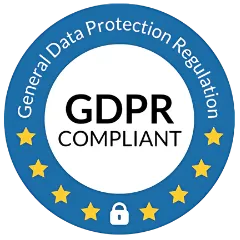In the smart technology age, RFID has become a part of our daily lives. It powers contactless payments, digital passports, keyless entries, and even library book tracking. Although RFID offers incredible convenience, it also opens the door to new security threats, such as unauthorized data access and identity theft. This is where RFID blocking technology steps in—a modern solution to safeguard personal information and prevent digital theft.
We'll start this article with an RFID blocking definition, describe how it works, and tell you why you need it. Along the way, we'll share methods of RFID-enabled item management and address many questions you have regarding RFID security.
What is RFID Blocking?
Let's start with basic. RFID stands for Radio Frequency Identification. This is a technology that uses radio waves to detect and transfer information wirelessly from a chip inside objects like credit cards, passports, or key cards. For instance, imagine tapping your card when making a payment; the RFID chip sends signals to the payment terminal to authorize and process the transaction.
While RFID makes things faster and more convenient, it is not without its risks. It allows criminals to intercept the signals emitted by these chips using devices called RFID skimmers that steal sensitive information such as credit card numbers, personal identification, or even passport details.
This is where RFID blocking enters the picture. RFID blocking is a security feature that prevents unauthorized access to your RFID-enabled items. Products such as RFID-blocking wallets, card sleeves, or phone cases contain materials that interfere or block radio signals. By building this protective shield, the products will prevent skimmers from accessing data on RFID chips.
Simply put, RFID blocking protects your personal information from being stolen through wireless hacking methods.
Does RFID Blocking Work?
Yes, RFID blocking works effectively, and it's a proven way to secure RFID-enabled items from skimming attacks. But how exactly does it work?
RFID-blocking products, like wallets or card sleeves, are usually produced from such materials as aluminum or copper. The materials somehow interfere with the radio waves used in the transmission of data contained in RFID chips.
Here's what happens:
When trying to read a card or device, an RFID scanner sends radio waves to activate the chip to retrieve data. These materials reflect or absorb the radio waves so that they do not reach the chip. The scanner cannot access any information because there is no signal to activate the chip. This way, your cards, passports, or other RFID-enabled items are safe even in crowded places like airports or shopping malls where skimming devices are used. While not every item needs RFID protection, those that have contactless payment features or embedded RFID chips (like modern passports) will greatly benefit from RFID-blocking technology.
How to Manage RFID Information & Prevent Identity Theft
Controlling your RFID-enabled items and being proactive will greatly reduce the risk of identity theft. Here are some practical steps to keep your information safe:
1. Use RFID-Blocking Accessories
Some of the best ways to prevent RFID theft are by using protection accessories. RFID-blocking wallets, cardholders, and sleeves are easily available on the market at not so expensive rates. These products block radio signals and ensure that your personal information remains safe.
2. Limit the RFID-Enabled Items You Carry
Not all your cards need to be in your wallet at all times. Carry only what you need, like one credit card, your ID, and a debit card. Leave the rest at home to minimize the risk of theft.
3. Choose RFID-Blocking Phone Cases
If you store NFC-enabled cards in your phone case or use your smartphone as a digital wallet, then you will need an RFID-blocking phone case. This way, you can get extra protection from skimming.
Also Read: How Much Does an RFID (Radio Frequency Identification) System Cost?
4. Check your bank statements frequently
Keep a close eye on your credit card and bank statements for any suspicious activity. Unauthorized charges, no matter how small, could be a sign of RFID theft. Early detection is key to minimizing potential losses.
5. Be Cautious in High-Risk Areas
Crowded spaces like train stations, airports, and shopping malls are hotspots for skimming attacks. Always use RFID-blocking accessories when you’re in these locations.
6. Keep Your Cards in a Metal Box
If you do not have an RFID-blocking wallet, you can store your cards in a metal box temporarily. You can use an aluminum case or a metal mint box. This is a very effective DIY solution to block RFID signals.
By doing this, you will minimize the chances of RFID theft and ensure that your sensitive information is safe.
Why RFID Blocking is Important
In a world where identity theft is on the rise, RFID blocking technology offers a simple yet powerful solution. Criminals can steal data from RFID-enabled items without even touching them, making it essential to protect yourself.
Here are some reasons why RFID blocking is a must:
1. Protects Personal Data: Sensitive information, like your credit card details or passport ID, remains safe from skimmers.
2. Prevents Financial Loss: Stolen card information can be used for unauthorized transactions, and RFID blocking prevents this.
3. Brings Peace of Mind: Knowing your information is safe allows you to use RFID-enabled items without any worry.
4. Ensures Long-Term Security: As RFID technology becomes more ubiquitous, the demand for protection will only increase.
Whether you're traveling, shopping, or commuting, RFID blocking ensures that your data is safe at all times.
Conclusion
RFID technology has completely changed the way we interact with the world: contactless payments, keyless entries, and more. Convenience comes with a price, however. Criminals can steal sensitive information without any form of physical contact using an RFID scanner, and thus, RFID blocking technology has become the tool for modern security.
From RFID-blocking wallets to phone cases, there are lots of products out there designed to help protect your data. Understanding how RFID works and taking proactive measures will help keep you ahead of the curve and be sure that your information remains private.
With the increasing need for digital security being more than ever, investing in RFID Asset Tracking Software is not just a clever move—it is a necessity. Protect your information, your finances, and your peace of mind with RFID-blocking solutions today.
FAQ on RFID Blocking
What is RFID blocking?
RFID blocking will prevent unauthorized scanners from accessing the data that might be stored on the RFID chips embedded within your cards, passports, or devices. It basically creates a shield to block radio waves for your confidential information to stay private.
Do I need RFID blocking for my passport?
Yes, especially if your passport contains an embedded RFID chip, as many modern passports do. Skimmers can scan names, birthdates, and even passport numbers, among other details. Travelers can increase protection by carrying a passport cover or sleeve with built-in RFID-blocking material.
Do phone cases block RFID?
Some phone cases are designed with RFID-blocking materials to protect data stored in NFC-enabled cards or digital wallets. If security is a concern, consider investing in one of these cases.
Is RFID good or bad?
RFID itself is neither good nor bad-it's a neutral technology that offers incredible benefits in terms of convenience and efficiency. It's used for asset tracking, payments, and identification. However, the misuse of RFID, such as skimming, highlights the need for protective measures like RFID blocking.



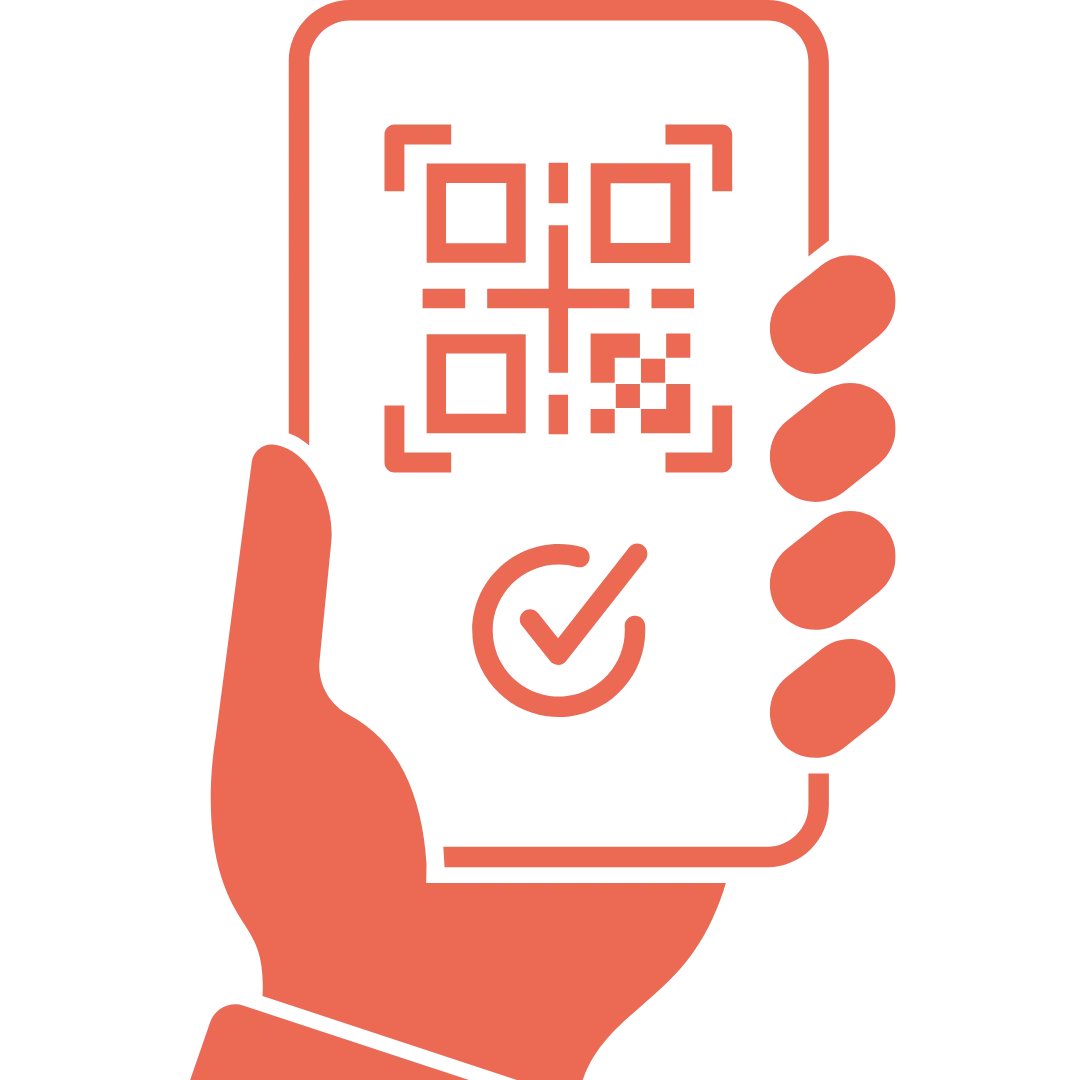


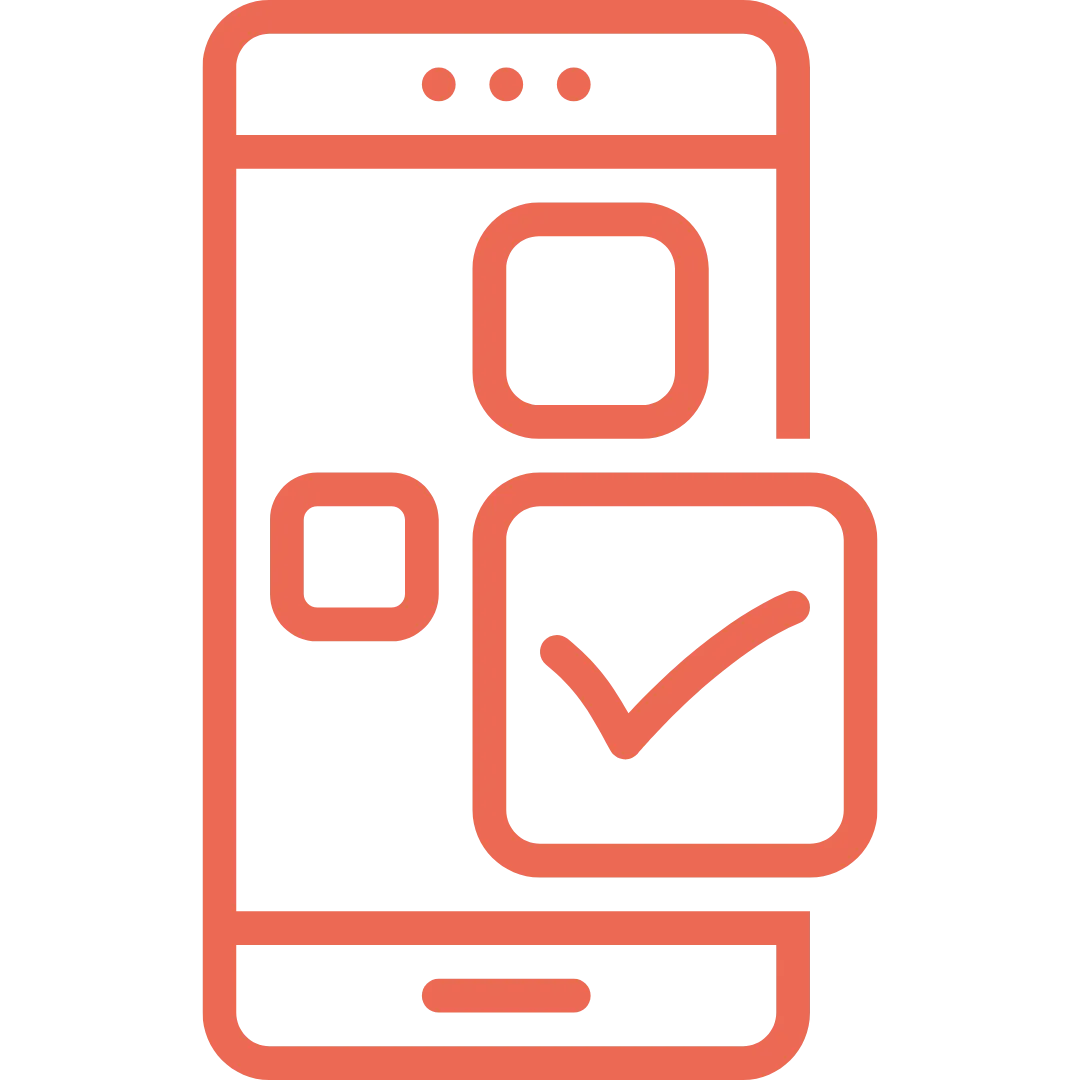







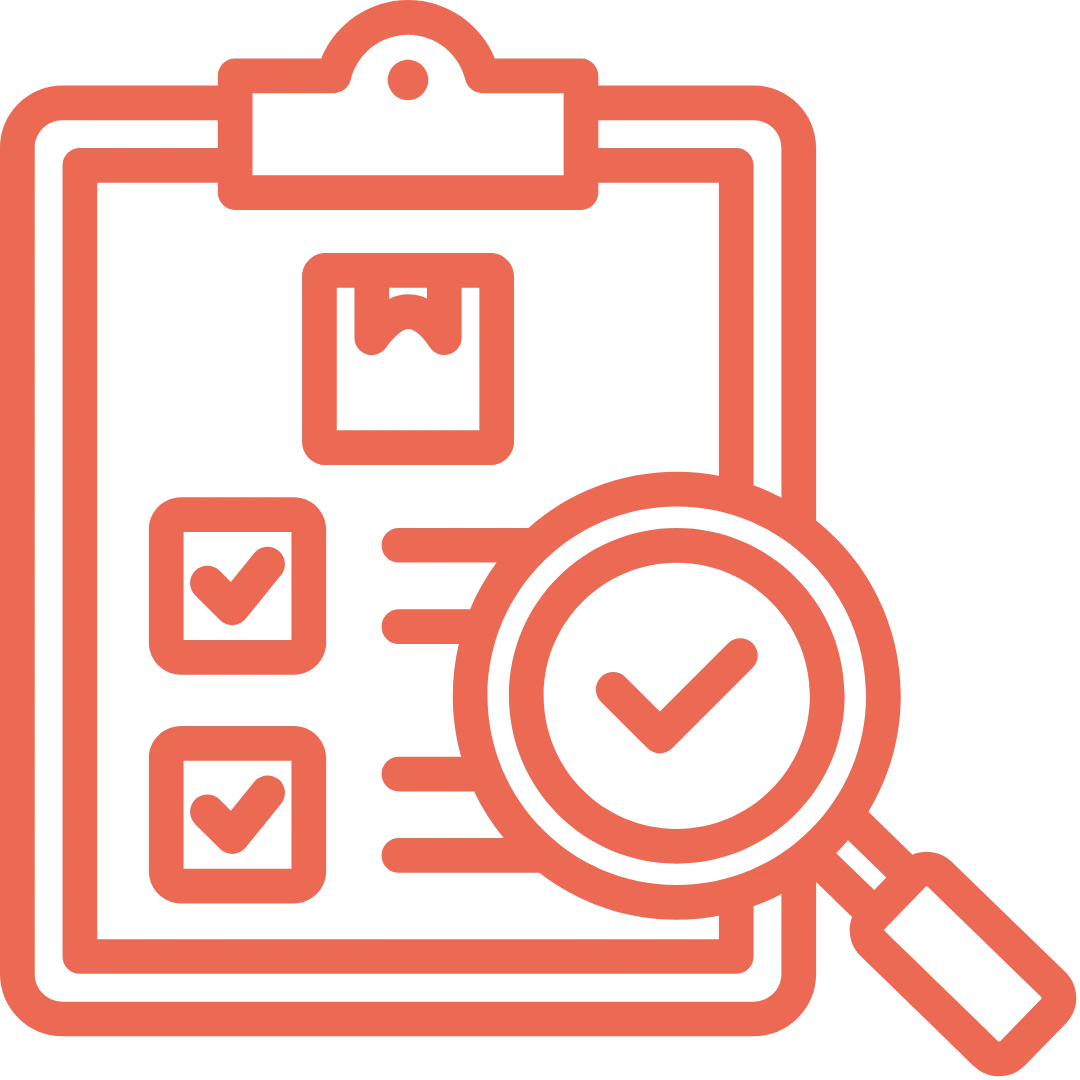



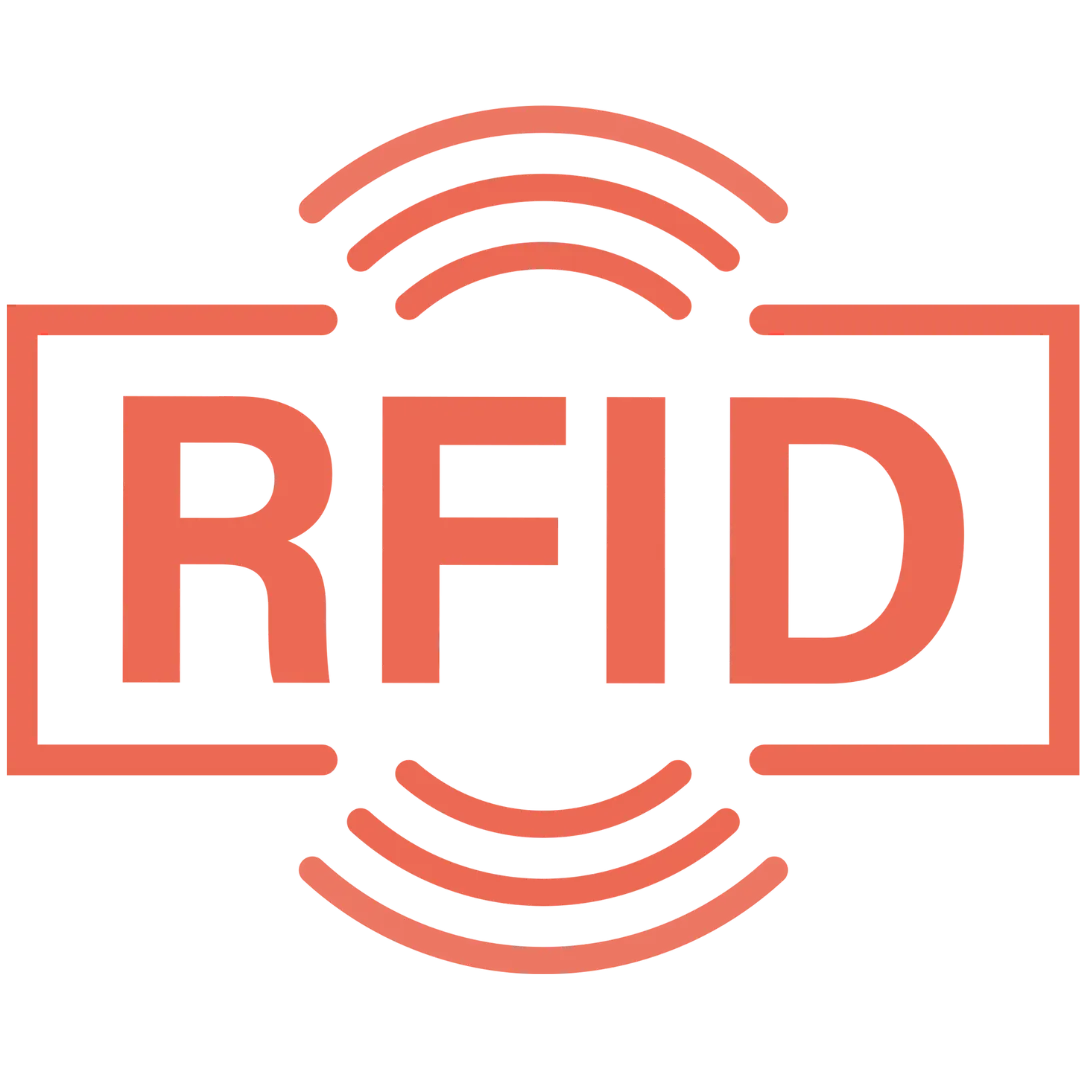

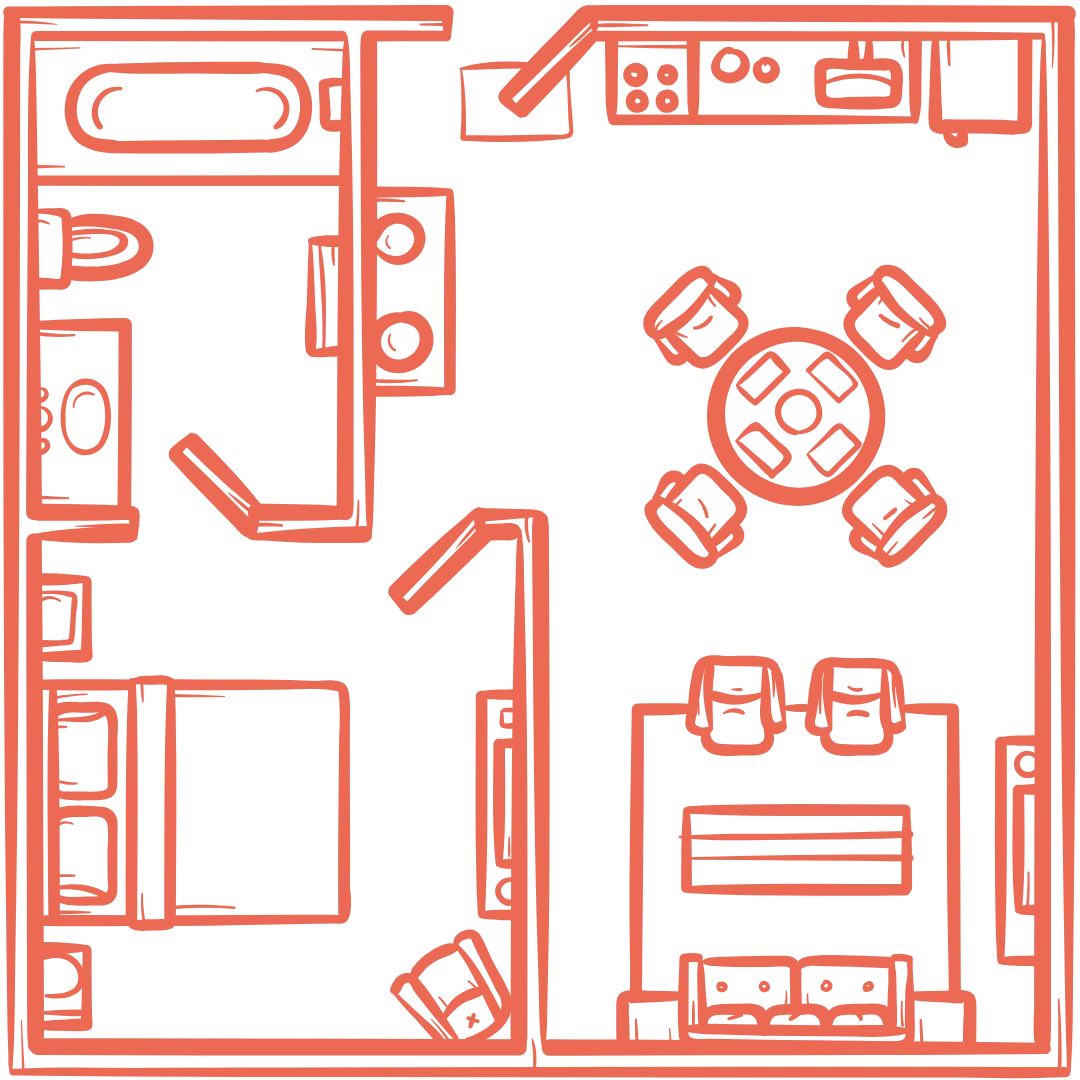




























.webp)
.webp)
.webp)
.webp)
.webp)
.webp)
.webp)
.webp)
.webp)

.svg)




.webp)
.webp)











































.png)
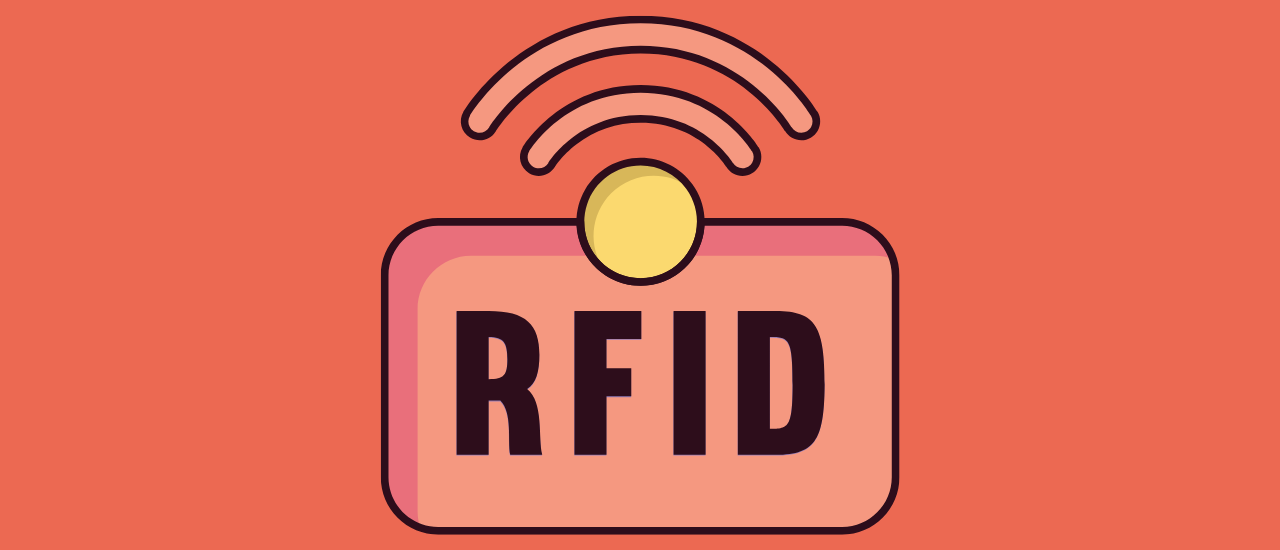
.webp)



















